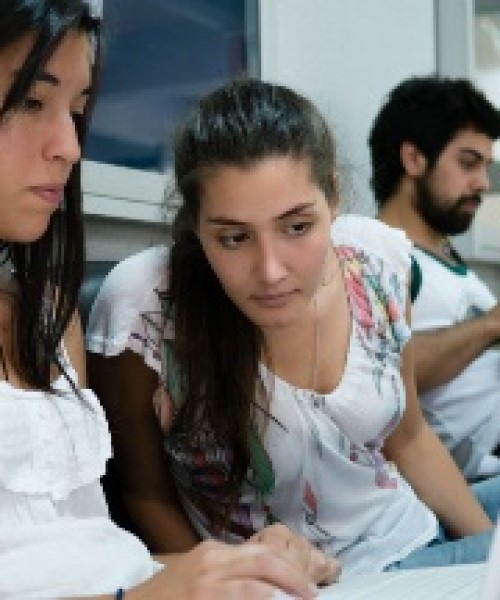希克斯清楚地认识到,孩子们是通过做来学习的。他们鼓励教师寻找不同的方法,将体育活动纳入课程的所有内容。(2012) Sousa强调了动作和舞蹈的重要性,以及它们对大肌肉动作技能发展的影响。他发现,参与这些活动的学生可能会有一个增强的情绪健康状态(2011)。苏萨具有里程碑意义的研究还发现,有规律的体育活动促进了大脑毛细血管的生长,从而加快了血液运输。它还能增加血液中的含氧量,从而显著提高认知能力。这种运动不仅增加了智力功能,还消耗了一些动觉能量,这样学生们就可以静下心来专心学习了。(2011)在playful learning中,幼儿是一种参与性、轻松性、挑战性的心态,这种心态有利于最大限度地学习(LEGO learning Institute, 2013)。从不同的文章和阅读中可以清楚地看出,运动在学习和大脑发育中也扮演着不同的角色。玩耍一直被认为是儿童学习的主要方式。维果茨基(1978)解释说,玩耍给了孩子大部分早期取得成就的机会,这些成就将成为他们有形成就的基本水平。根据适合发展的实践,玩耍是任何幼儿课程中最重要的因素。通过玩耍,孩子们发展社交、情感和认知技能;儿童通过身体来表达自己,表达自己的感受,并获得和学习基本的概念和技能(Bredekamp & Copple, 1995)。游戏和运动也是一个成功的学习环境的核心部分。所有年龄段的孩子都应该能够在学习的同时自由活动和玩耍。许多老师试图压制孩子的活动,让他们在白天久坐不动;这也扼杀了他们的创造力和学习欲望。一些教育工作者认为,将运动和游戏融入学习有助于加强强调有效覆盖课程的教育政策。(Mardell, Wilson, Ryan, Ertel, Krechevsky, & Baker, 2016)。我们需要对教学方法进行转变,以认识到课堂中运动和好玩学习的重要性。里夫金认为,当教师开始把运动看作是孩子们的基本需要,并努力通过融入运动来帮助他们,而不是阻止他们移动,这就在教室内外培养了一种适应的氛围,使孩子们更容易做自己。
英国教育学essay代写 鼓励教学
and Hicks clearly recognize that children learn by doing. They encourage teachers to find different ways to incorporate physical activity into all of the content areas of the curriculum. (2012) Sousa highlights the importance of movement and dancing and the effect each have on the development of gross motor skills. He finds that a student who is participating in these activities will likely have an enhanced state of emotional well-being (2011). Sousa’s landmark study also found that regular physical activity surges the growth of capillaries in the brain, thus expediting blood transport. It also increases the volume of oxygen in the blood, which significantly enhances cognitive performance. Not only does the movement increase mental function, but it uses up some kinesthetic energy so students can settle down and focus on their academic work. (2011) In playful learning, children are involved, relaxed, and challenged states of mind highly favorable for maximum learning (LEGO Learning Institute, 2013). It is clear, from the different articles and readings, that movement also plays a distinct role in learning and brain development.Play has long been acknowledged as a primary way children learn. Vygotsky (1978) explains that play gives a child most of his or her early opportunities for achievements that will become their rudimentary level of tangible accomplishment. According to developmentally appropriate practices, play is the most important factor in any early childhood curriculum. Through play, children develop social, emotional, and cognitive skills; children express themselves physically, represent feelings, and obtain and learn essential concepts and skills (Bredekamp & Copple, 1995). Play and movement are also central pieces to a successful learning environment. Children of all ages should be able to move and play freely throughout the day while learning.Many teachers try and stifle a child’s movements, making them sedentary during the day; this also stifles their creativity and their desire to learn. Some educators believe that incorporating movement and play into learning can help to strengthen educational policies that emphasize efficient coverage of the curriculum. (Mardell, Wilson, Ryan, Ertel, Krechevsky, & Baker, 2016). A shift in pedagogy is needed to see the importance of movement and playful learning in the classroom. Rivkin believes that when teachers begin to see movement as a rudimentary need of children and work to help them by incorporating movement rather than to deter them from moving, it nurtures an accommodating atmosphere both in and out of the classroom making it easier for children to be themselves.
以上段落摘自网络,并非本站提供的论文片段。请勿直接复制,必100%剽窃。仅供参考,如果代写服务请添加客服微信/QQ 竭诚为您服务!







